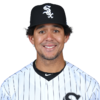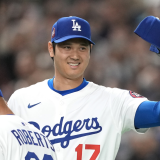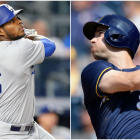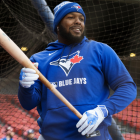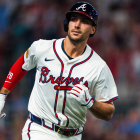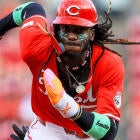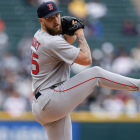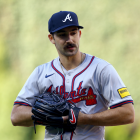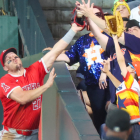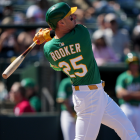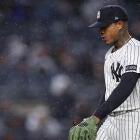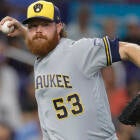Today is the day after Thanksgiving, or -- as corporate America would prefer you call it -- Black Friday.
Like most everyone else, baseball teams are always hunting for a deal. Today, then, is the perfect day to scour the trade and free-agent markets for a potential bargain.
So let's do just that, focusing on 10 players who could provide more value than their asking price suggests. (Note: players are listed in alphabetical order.)

Were Ryan Braun a free agent this winter, he'd almost certainly be in line for a bigger payday than the four years and $80 million remaining on his contract. So why is the deal viewed as a burden? In part because of Braun's past with injuries and performance-enhancing drugs, and in part due to his age -- nowadays, fans and analysts tend to view any player older than 25 as being in the "pre-death" phase of their life. Of course, the way Braun's going, he might give a team some high-quality at-bats even after he's departed this corporeal realm. His age-32 season was better than his age-31 season -- which in turn was better than his age-30 season -- as he posted a 136 OPS+ with 30 home runs. Dude can hit. If the Brewers are willing to just dump Braun and his contract, expect someone to step to the plate and reap the benefits.
The Rays are certain to trade at least one of their starting pitchers. A free agent after the season, Alex Cobb seems likeliest to go. Cobb returned from Tommy John surgery last September to make five starts, the last two of which saw him allow 17 hits and 15 runs in 4 1/3 innings. He threw strikes, yet he missed fewer bats, offered less velocity, and displayed less movement on his signature splitter when compared to his 2013-14 self. Cobb is tougher than a woodpecker and smarter than an owl, attributes that interested teams will bank on leading to a revival -- well, along with the fact that this is his first normal winter since 2014. The Rays can't afford to be too demanding, given Cobb's iffy durability and remaining team control, meaning there's definite bargain potential here.
Jorge De La Rosa's inclusion here follows a basic train of thought: removing a player from a tough environment is likely to spur improved performance. That De La Rosa departs the Rockies after nine seasons with a 106 ERA+ and a 2.08 strikeout-to-walk ratio is a testament to his talent and survival instincts. Consider his odd pitch usage to be evidence of the latter, as his splitter has served as his most-used offering in each of the past two seasons. Whether De La Rosa would alter his pitch selection to conform to society in a more-friendly venue -- like, say, anywhere else -- is unknown. Yet in spite of his warts -- he'll enter 2017 as a 36-year-old whose ERA and walk rate were worse than normal in the previous season -- he's earned the opportunity to prove what he can (or cannot) do in a non-Coors environment. Let's just hope it's not too late.
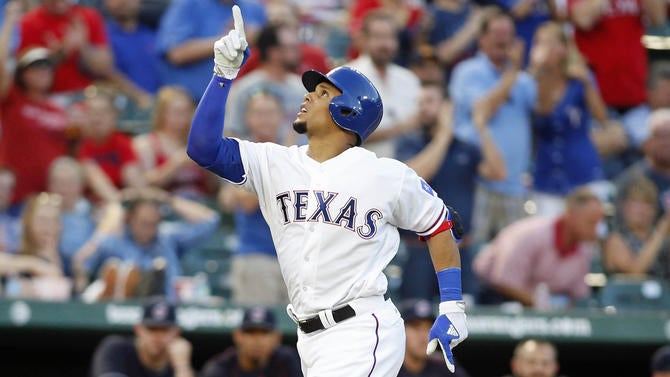
What do you make of Carlos Gomez? He was tremendous in Milwaukee; horrible in Houston; then, as if that time with the Astros had never happened, good again in Texas. Gomez's improvements were credited to a shortened swing that led to more contact (it did, for the record). Whether you buy that or ascribe his late-season uptick to something else -- random variance, a real-life case of some "A Wrinkle in Time"-esque year-hopping, or whatever -- you have to admit he's an intriguing free-agent study. A team willing to forgive Gomez's Houston-based sins sees a soon-to-turn 31-year-old not far removed from deserved MVP consideration. The rest of us see a boom-or-bust profile that's busted a little too often lately for us to bet significant money on. But hey, where there's risk there's reward and such. If Gomez booms, he's going to make one executive look smart.
The only relievers anyone can talk about from this winter's free-agent class are Aroldis Chapman, Kenley Jansen, and Mark Melancon. (Hey, we're guilty, too.) As such, seemingly any other reliever qualifies as a potential bargain. We're focusing on Hudson because of his stuff and underlying metrics. Over the past two seasons, Hudson has averaged 64 innings, a strikeout per frame, and 2.74 strikeouts per walk -- all the while throwing an upper-90s fastball and a high-quality changeup. Sounds great, right -- so why isn't he more in demand? Because he's also allowed more than a hit per inning, and last season his ERA was an unsightly 5.22. A savvy team would be wise to find out if his hit-prone problems stem from unsafe working conditions -- specifically, the game's worst defense and an offense-first ballpark. Don't be surprised if the answer is yes.
For years, Jon Jay was basically the textbook definition of a second-division starter. Focus too much on what he can't do -- hit for power; play an amazing center field; hit lefties as well as righties; avoid jokes concerning a politician with the same name who predated Martin Van Buren -- and you'll miss that he's a cromulent starter all the same because of what he can do -- post league-average offense while providing tolerable center-field defense. Jay will be 32 come Opening Day and he's coming off consecutive injury-shortened seasons. There's a fair chance he proves to be a value on a one-year deal.
Remember when Jurickson Profar seemed destined for greatness? Those forecasts have aged worse than t-shirts bearing George Costanza's image. Yet Profar remains intriguing, if only because of his prospect pedigree and his age (he's not yet 24 years old). Last season was the first action he'd seen in the majors since 2013 due to injury, and he made good on it by playing all over -- he logged time at every infield position sans catcher, as well as left field. Profar's bat still hasn't translated against big-league foes -- see his career 75 OPS+ for proof of that -- but some of his offensive woes can be blamed on rust and youth. A team hoping to catch a falling star could do worse than seeing what the Rangers would want in exchange for a player who seems like the odd man out in Texas' loaded infield -- here's a hint: probably a pitcher.
While Yasiel Puig's tweets often feature the aw-shucks feel of a sitcom dad, he's been involved in too much drama over the years to be viewed as a literal angel or anything of the sort. Rather, his wild-child tendencies are why he's expected to be made available in the first place. Even so, the potential is hard to pass on. Puig has shown an impressive, near-elite breadth of tools in the past. He's hit for average and power, he's an asset in right field with a ridiculous arm, and he can run a bit, too. Add in how Puig isn't yet 26 years old, and how he's three full seasons away from free agency, and there's a ton -- a ton -- of appealing aspects here. And yet, if the Dodgers are willingly giving Puig away -- or, at minimum, settling for coins on the dollar -- then you have to wonder whether the headache is really worth it. Someone's going to find out.
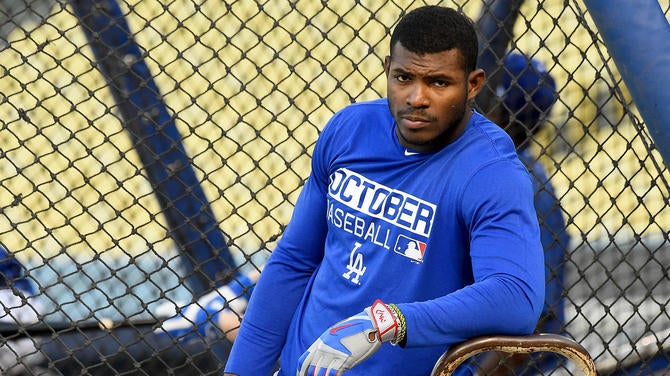
The old parlance is that hitters hit. Prior to signing with the Red Sox, Pablo Sandoval was a certified hitter. He'd batted .294/.346/.465 in seven seasons with the Giants, and seemed like a decent bet to produce with the bat -- even if he was forced down the defense spectrum as he aged. Instead, Sandoval had a brutal first effort in Boston that he followed up by missing almost the entire 2016 season due to shoulder surgery. The reason Sandoval is on this list is the thought -- however unlikely it may be -- that Dave Dombrowski could look to absorb some of the $58 million-plus remaining on Sandoval's deal to give both sides a fresh start. Any buyer would be hoping that Sandoval spent his year off unearthing the Dragon Scroll, and thus learning that the key to his success was always housed within -- be it his talent, his confidence, his shoulder's health, or some combination thereof.
Perspective is king. Jorge Soler is a 24-year-old who has been an above-average hitter throughout his big-league stay. Yet he's viewed as a disappointment due to his substandard defense and, well, his placement alongside more transcendent youth, like Kris Bryant, Addison Russell, and Kyle Schwarber. Everyone looks lazy compared to Max Fischer, too -- that doesn't mean they're bad or worthless. If the Cubs go fishing for some pitching help, Soler could serve as the bait. His age and proven ability to walk and bop could make him an intriguing upside play -- one who, in theory, might still develop into a middle-of-the-order hitter.
![[object Object] Logo](https://sportshub.cbsistatic.com/i/2020/04/22/e9ceb731-8b3f-4c60-98fe-090ab66a2997/screen-shot-2020-04-22-at-11-04-56-am.png)












